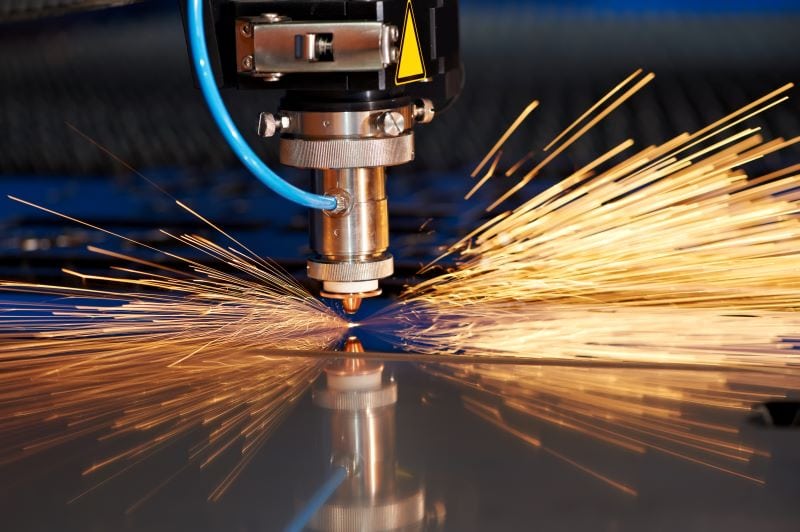Industrial Recovery Tax Credit Provides Incentives for Indiana Companies
Published on by Barnes Dennig in Firm News, Tax Services

Indiana individual and business investors have multiple opportunities for tax savings through various incentive programs offered by the Indiana Economic Development Corporation (IEDC). One such program is the Industrial Recovery Tax Credit (IRTC), which provides a tax incentive for companies that invest in industrial facilities requiring significant rehabilitation or remodeling. To help our clients, prospects, and others understand the benefits and requirements associated with the credit, Barnes Dennig has provided the key information below.
Industrial Recovery Credit Eligibility
Once a building or group of buildings has been designated as an industrial recovery site in need of substantial work, owners, developers, and certain lessees may be eligible for a tax credit for expenditures used for the rehabilitation of real property located within the industrial recovery site. The site must be a building or complex of buildings in service for at least 15 years. In addition, the site must have at least 100,000 interior square feet with at least 75% vacancy at the time of application for the credit. As of January 1 this year, buildings that were demolished within the five years preceding an application may qualify if they were demolished for health and safety concerns.
It’s important to note that an application is required and must be approved before any qualifying investment is made.
Qualified Investment Costs
Qualified rehabilitation expenditures include the remodeling, repair, betterment, enlargement, or extension of real property. These expenses may include:
- Acquisition costs to enlarge or extend the industrial recovery site
- Architectural and engineering fees
- Construction management and demolition costs
- Environmental remediation costs
- Non-movable furniture, fixtures, and equipment
- Permit costs directly related to rehabilitation
- Other hard costs
Property insurance, developer fees, legal and accounting fees, loan costs, and moveable furniture or equipment costs are among those not eligible for the tax credit.
Calculation of Credits
The IRTC is calculated as a percentage of qualified rehabilitation expenses. The amount of the qualified investment is multiplied by the following applicable percentage:
- 15% for a plant placed in service between 15 and 29 years ago
- 20% for a plant placed in service between 30 and 39 years ago
- 25% for a plant placed in service at least 40 years ago
The credit must be applied first to the taxpayer’s adjusted gross income tax liability, then to the insurance premiums tax liability, and finally to the financial institutions tax. Any remaining tax credit that exceeds the taxpayer’s state tax liability can be carried over to the immediately following taxable years.
If a taxpayer chooses to claim the IRTC for a rehabilitation or remodeling project, they are not allowed to claim the community revitalization enhancement district tax credit (CReED), Hoosier business investment tax credit (HBI), enterprise zone investment cost credit, or venture capital investment tax credit (VCI) for the same project.
Contact Us
Financing an industrial rehabilitation or remodeling project can be a great investment, especially with the added incentive of state programs like the IRTC. If your company is considering investing in an industrial recovery site in Indiana, Barnes Dennig can help! For additional information about the Industrial Recovery Tax Credit or other tax credits and incentives, call us at 317.572.1130 or click here to contact us. We look forward to speaking with you soon!


